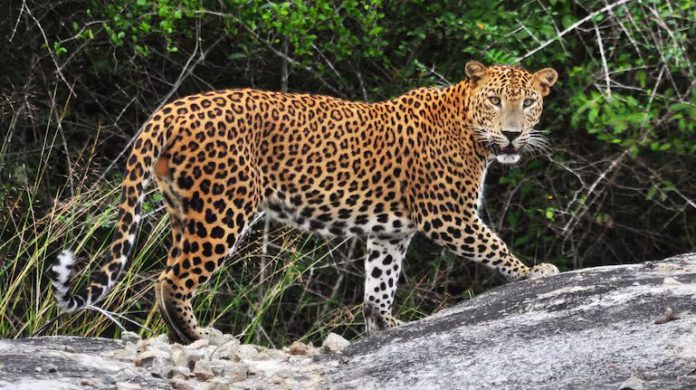Imagine sharing your city with a leopard. Not in the wild, not on a safari — but right here in Mumbai, just a few kilometers from busy streets, high-rises, and traffic jams.
A new camera-trap survey has revealed that Sanjay Gandhi National Park (SGNP) — the sprawling green lung in the middle of Mumbai — is home to 57 leopards. Yes, 57 of these elusive, majestic cats are roaming through the forests and even venturing into surrounding neighborhoods like Aarey, Mulund, and Thane.
A Surprising Discovery
The survey, carried out between February and June 2024, didn’t just count the leopards. It gave us a glimpse into their lives. Out of the 57 individuals recorded, 36 were females and 16 were males. Four tiny cubs also showed up on camera, a heartening sign that the population is not only stable — it’s growing.
Some of these leopards have become old friends to conservationists. A few of the females spotted this year were first photographed back in 2015, making them nearly a decade old — a remarkable age for a big cat living so close to humans.
How Did They Find Them?
Using 90 strategically placed camera traps, wildlife teams worked silently in the background to track animal movements. Each camera snapped away quietly whenever something moved in front of it — whether it was a leopard, a deer, a jungle cat, or even the ultra-rare rusty-spotted cat, one of the smallest wild cats in the world.
The survey was part of a joint effort between the Maharashtra Forest Department and Wildlife Conservation Society–India. Over 50 forest officers were trained to use the latest tech to monitor these big cats in a non-intrusive way.
Why It Matters
In a city as crowded and fast-moving as Mumbai, the fact that wild leopards not only survive but thrive is nothing short of incredible. But it’s not without challenges.
Leopards are often seen in urban areas, especially at night. They’ve been known to wander near homes, schools, and even across highways. While they mostly avoid humans and prefer hunting dogs, livestock, or small prey, their presence can still cause fear — and occasionally conflict.
This is why conservationists are urging for continued protection of green spaces like SGNP and Aarey Colony, which act as safe zones and wildlife corridors. Without these, both animals and people are at risk.
Living With Leopards
Mumbai’s leopards are teaching us something profound: it is possible for wildlife and humans to share space — but only with understanding, respect, and smart planning.
They’re not just surviving in our city — they’re adapting, raising families, and building their own stories in the shadows of our skyline.




